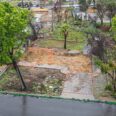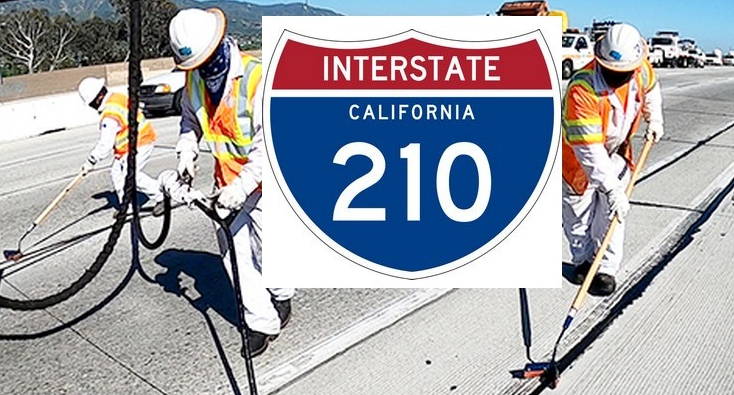
Residents of Altadena near the Altadena Golf Course are raising concerns over noise and air quality as crews work to clean up properties damaged by the Eaton Fire.
The U.S. Army Corps of Engineers is set to begin crushing concrete and recycling metal on the golf course starting next week.
The fire, which started in Eaton Canyon on Jan. 7 led to 17 deaths, destroyed 9,000 structures and scorched 14,000 acres, left tons of debris in Altadena and forced the Corps to find a location to move the devastation as it clears local properties.
Homeowners whose properties are still standing are worried, and have expressed concerns over the potential hazards posed by the cleanup operations.
The Army Corps maintains that the operation will be safe, despite its proximity to residential areas. Officials say air quality will be closely monitored, and the noise level will be kept to a minimum, comparable to the sound of “loud traffic” or around 80-90 decibels.
“Our air monitors are actually equipped with a special silica monitor so that we’ll be able to track that very closely,” said Col. Sonny Avichal with the Army Corps of Engineers. The results
from these air monitors will be shared with the state’s air resources board and the South Coast Air Quality Management District (AQMD), which will make the findings public.
In an effort to reduce dust, misting stations will also be deployed at the site. Avichal emphasized that the cleanup process is designed to be efficient, fast, and safe for the surrounding community.
The golf course, which is leased to the Army Corps from the County for the next 10 months, will operate from 7 a.m. to 7 p.m.
One of the main concerns is the presence of silica, a toxic compound released during the cutting and drilling of concrete.
“It’s about math, efficiency, and speed,” Avichal told NBC news. “And, of course, we’re going to do everything safely.”
Army Corps officials say that relocating the operation is not feasible.
“Right now, it takes a dump truck about an hour to go to a permanent landfill each way, and that doesn’t even include LA traffic,” said Avichal. “What this will do is increase turnaround times, so we don’t have to add more trucks into the system.”














 3 comments
3 comments



